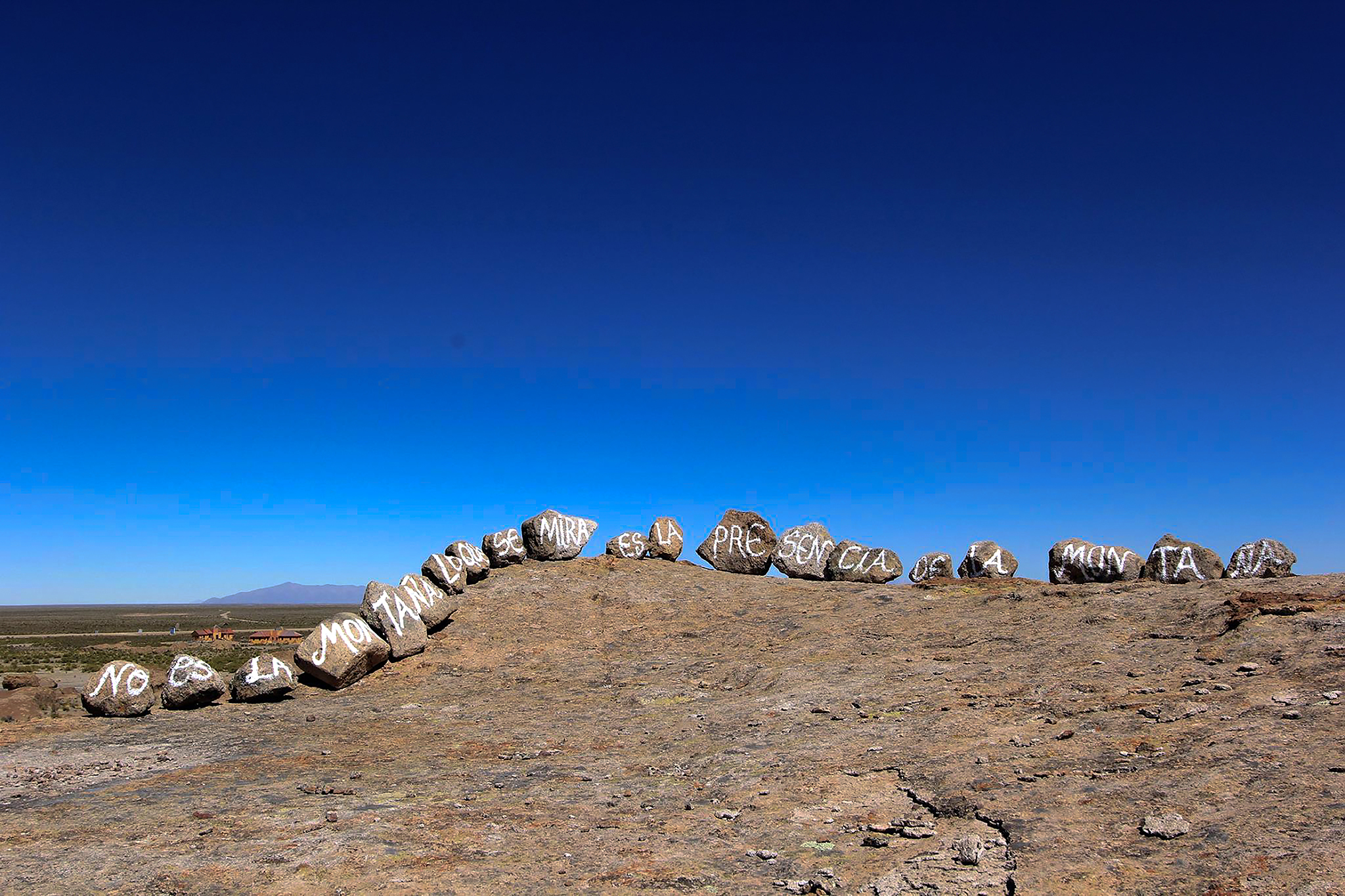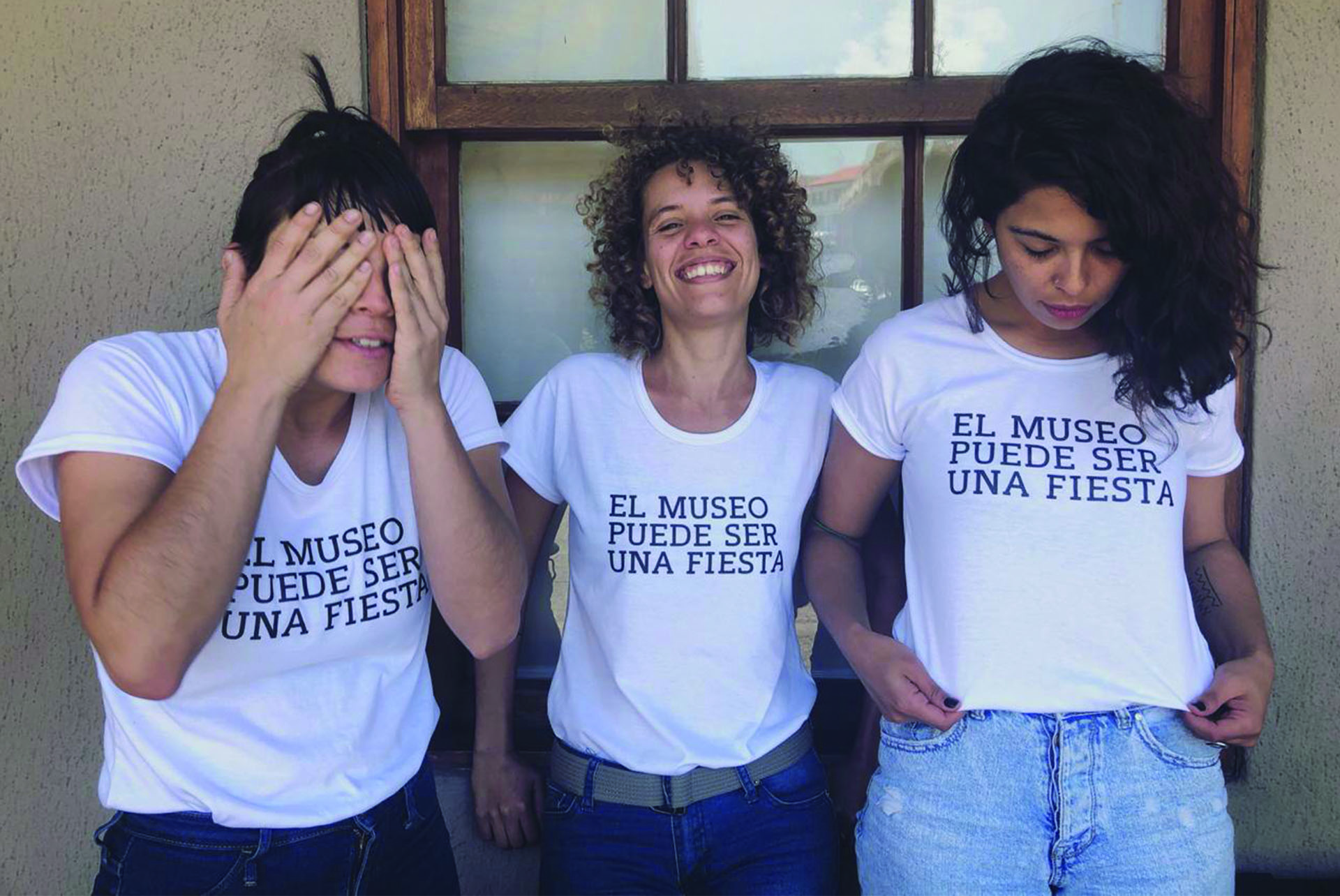Strategies for Twisting the Educational Potential of the Museum
08/04/2022
Jordi Ferreiro (Barcelona, Spain, 1982) is an artist and educator who enjoys to shake and disrupt structures. Focused on performance and audience participation, his work seeks to analyze the bureaucratic spaces responsible for managing knowledge, shaping what we understand as ‘culture’ and regulating the way we understand the world by reformulating the classic channels and formats of communication around the reception and interpretation of the work of art.
Education
Schooling
I didn't study Fine Arts but Graphic Design in Barcelona, in a very peculiar school managed by artists from the eighties and nineties generation. I learned a lot during my time there, especially from my conversations with several teachers, among them, Lídia Porcar, who taught me that a work of art is in itself pedagogical when it transforms the viewer who interacts with it.
As a key learning, I highlight the reflection on communication formats, which is a constant in the world of design. Thinking about how the communication channel with the public is going to be is something that has obsessed me since and I think it can be detected in all my work.
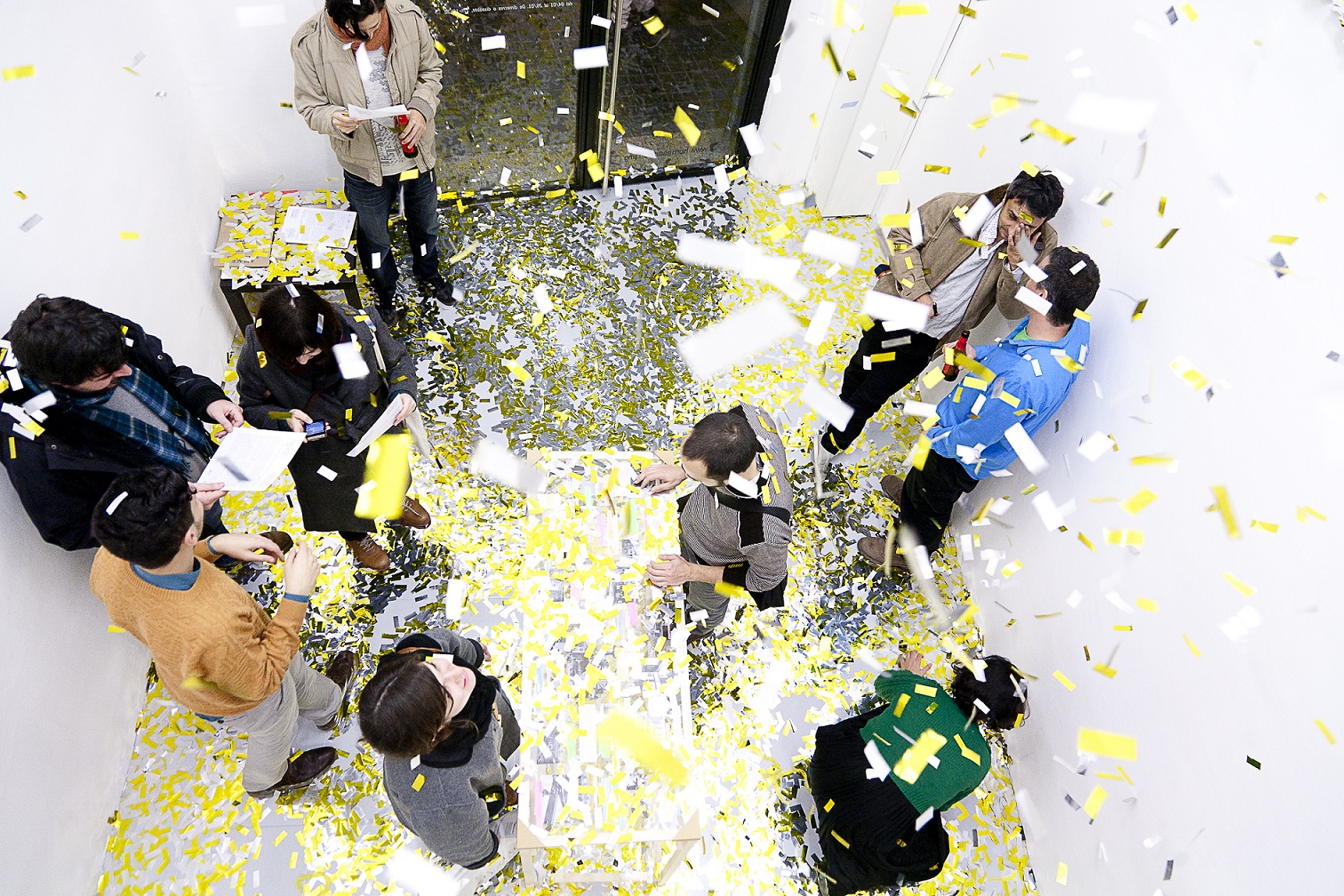
Teaching
More than my practice as a teacher, my work as a museum educator has allowed me to be on the front line of the museum's defense, that is, explaining the institution's exhibitions to all kinds of audiences and people. It is in that direct interaction with the public where my way of making and understanding art has been forged. I keep with great affection the different reflections that have arisen from talking about contemporary art with teenagers. In particular, the reflection of a teenager on her first experience with contemporary art. She explained that art, in a way, is a carnival mirror, showing us a reflection of ourselves—distorted, different, strange and surprising!
My practice as an educator is absolutely linked to my artistic practice. So much so that many times I prepared a guided tour as if it was a performance and in others I structured a performance as if it was an itinerary through galleries. Understanding this two-way relationship is what has allowed me to create an atypical but coherent body of work.
Learning
I have always learned from artists catalogued under the umbrella of ‘institutional criticism,’ especially Michael Asher and Andrea Fraser, as well as from those artists who have been related to the educational field, such as Joseph Beuys or Luis Camnitzer. Outside the artistic field, I’ve been greatly influenced by actions, situations or spaces that have worked with alternative pedagogies or with a radical understanding of educational practice.
Experiences such as Las Misiones Pedagógicas, the experiments with Freinet Pedagogy, the Batec group of teachers, the Modern School, the Free International University (F.I.U.), Paulo Freire, bell hooks, and many more.
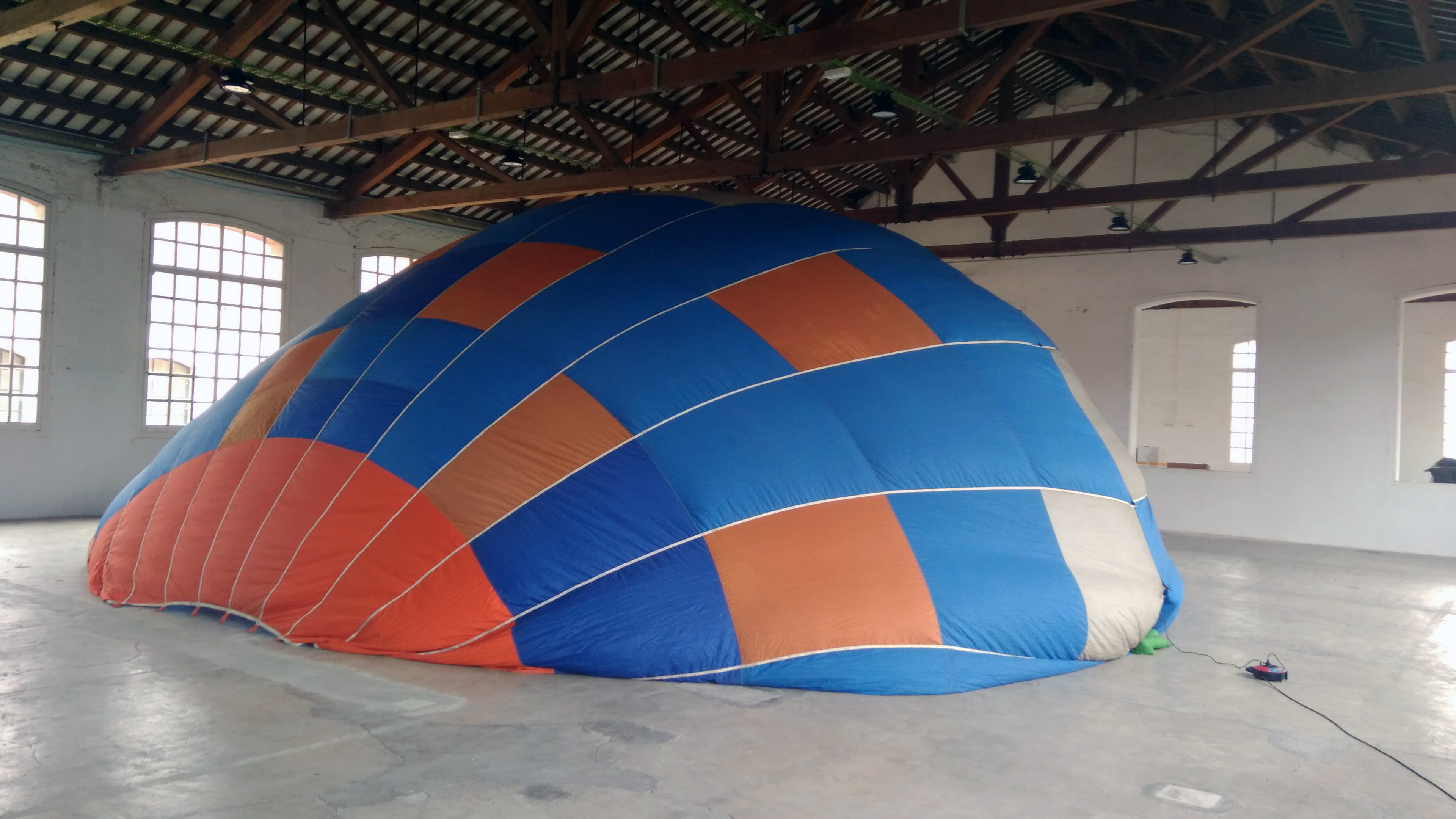
Processes
Beginnings
Because of my type of work, I don't usually receive invitations to "exhibit" but to carry out an intervention, a residency or a public program in an institution. As I mentioned before, this is a somewhat atypical way of understanding artistic practice but it works for me since I'm more interested in researching and carrying out actions that produce changes in the art space, which can then be taken to other spheres. Usually the seed of a project is an invitation to analyze a problem that happens in a specific space. My projects usually have a short time of analysis and conclusion; what takes more time is the reflection on how to carry it out, especially because that often includes interviewing and working with other people and, to do it well, it requires long cooking times.
Everything I have learned in the projects I have done has continuity in new projects. I like to test those learnings in new situations and challenges.
Questions
More than doubt or uncertainty, what is very present in my projects is chance. Many of them have happened by having a conversation or chance encounter with a worker, by a curiosity or by a story of the building where the project takes place. I tend to have a eureka! moment when I come across one of those triggers, and I have no hesitation about stretching it as the right way to go. That's not to say that I don't have doubts or uncertainties on the way to its final conclusion, but the direction is clear.
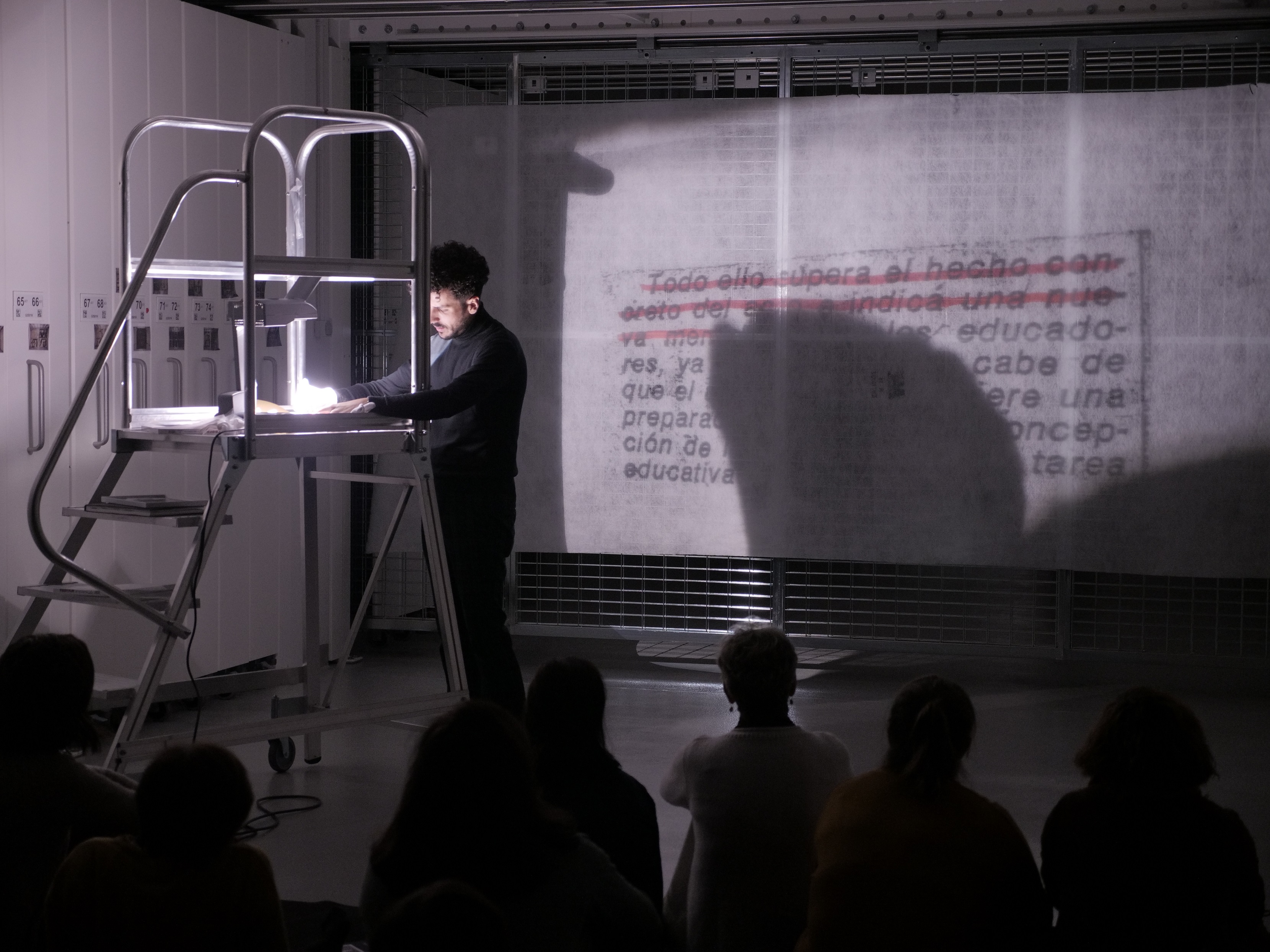
Strategies
I have a series of performative methodologies to initiate projects in cultural spaces. It is based on a technique I learned when I was studying graphic design called 5W+1H: What, When, Who, Where, Why + How. Analyzing these questions helps me understand what I want to do and, above all, why I have to do it.
When I have the opportunity to work with time and complicity in an institution, I dedicate myself to analyze these questions point by point in a performative way. For example, when I analyze the ‘where’ of a project, that is, the institution that will host it, I spend a day literally looking at the institution from top to bottom, starting from the roof to the deepest basement.
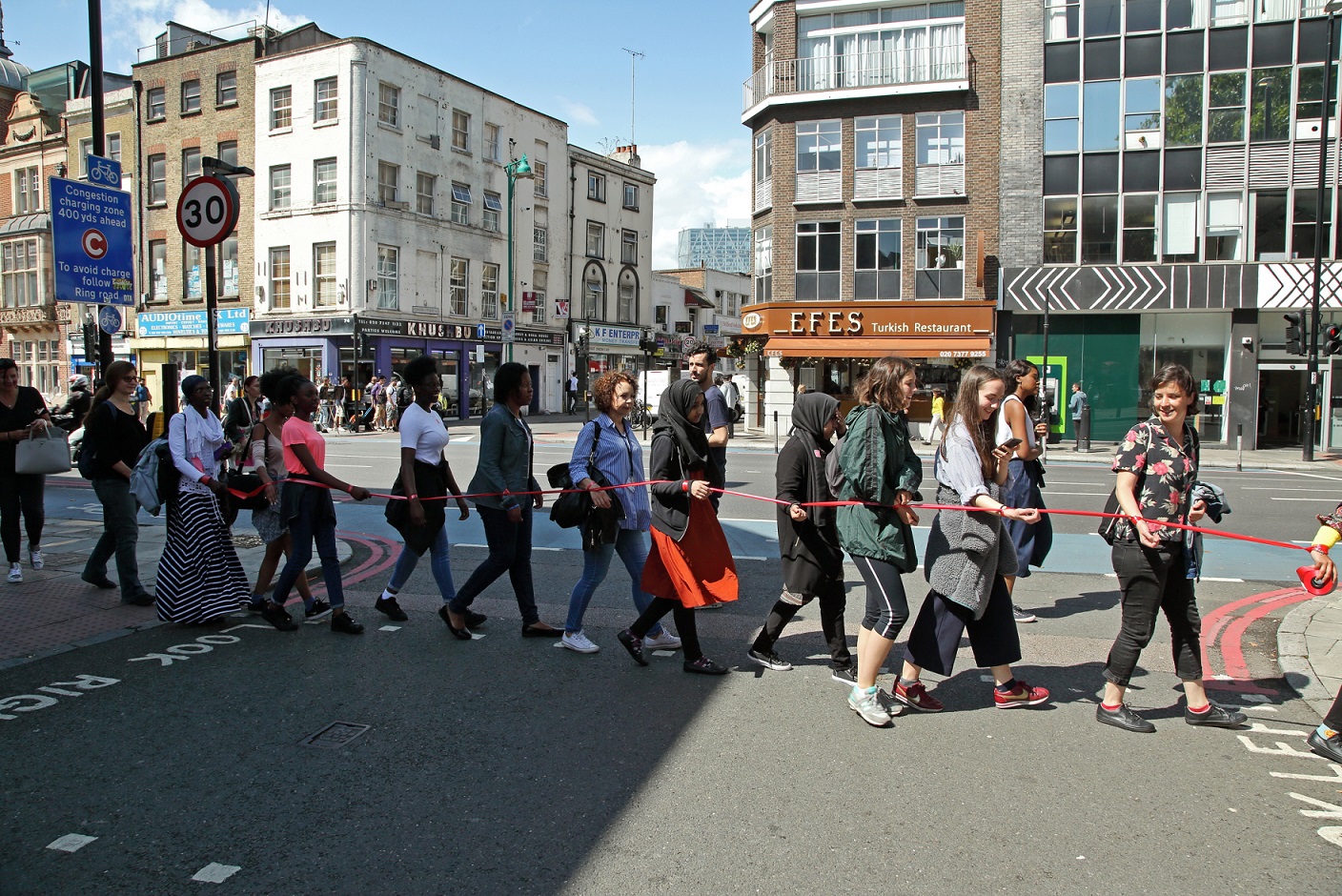
Procedures
My research process is based on a logbook/notebook in which, through collage, I add layers of texts, images, annotations, and diverse elements that help me structure the final intervention. Every time I face a project, I review all the annotations and quotes in the notebook to help me provide content or shape the different actions to be carried out. Lately, I have started to use collage in a more literal way in my works, including part of the research as a visual element and not only informative.
Dialogues
In most of my participatory projects, I like to think of my presence as the "master" of a role-playing game; that is, the person in charge of building the game board, so that the PCs (player characters) and the NPCs (non-player characters) can carry out their actions in the situation I present them with. Obviously, the PCs are the spectators, but sometimes they can even be the workers of the institution or neighbors of the area. On the other hand, the NPCs are usually the mediators of the museum or even inanimate elements, such as the exhibited artworks or even the building itself.
It is a somewhat complicated way of working, but at the same time it is very rewarding to understand artistic projects as part of a collective construction. Perhaps the most complex thing—and what I have to dedicate more energy to—is to mediate the institution so that it accepts and cooperates in this type of proposals. Once this issue is unblocked, I believe that my projects produce learning situations for both types of players by reformulating classic communication channels and formats. This is easy to illustrate with my guided tours or audio tours that end up becoming participatory performances.
Projects
In progress
I am currently working for the Centro de Arte Santa Mònica (ASM) in Barcelona on a project that reflects on the concept of 'exclusionary inclusion' in cultural institutions. I am interested in analyzing which groups are excluded from cultural institutions and how these institutions elaborate strategies of approach and inclusion that, far from really including them, they exclude them by designing programs or activities solely for them. An example of this would be the visits or workshops for migrant groups, or groups with cognitive or physical diversities, turning the work with these groups into a materialistic dynamic of legitimization and justification of the institution's work. Far from really including these groups in cultural participation, what these dynamics do is perpetuate exclusion, but now from within the institution.
One of the strategies we are developing at ASM is the project Sojornar un centre d'art, which I am developing with my colleagues Alba Rihe and Elena Blesa, also artists and educators, together with the rest of the center's team. Sojornar allows the residency of a neighborhood school in the art center for a week, superimposing the programming of the school to the art center, meaning that all the activities of the school (classes, recess, lunch, etc.) take place in the different spaces of the institution.
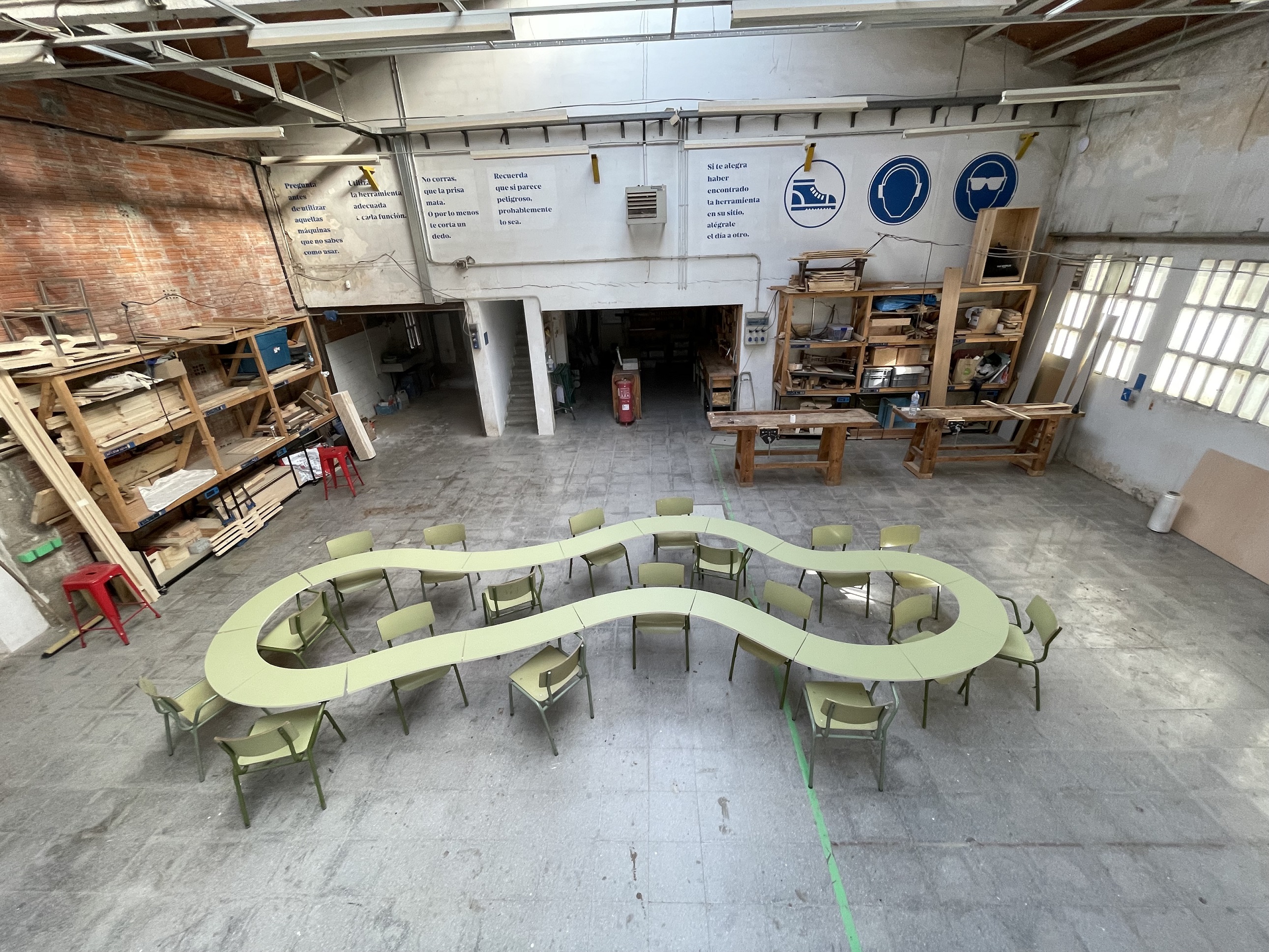
In retrospect
I like to file all the information of each project in cardboard boxes with very specific measures that I keep in my studio. It is a kind of personal archive that is not intended to preserve my work over time but to treasure the lessons I have learned.
I am not particularly interested in having my projects archived and kept inside the institution. I am interested in generating projects that are absorbed into the museum's own DNA, that is, that become part of the infrastructure, the program or the way of doing things in that space. This would be the case of projects like Departamento Exotérico at MACBA in Barcelona or ἐξέδρα at the CCCC in Valencia.
Contexts
Context is inseparable from the work I do, as much of it focuses on analyzing the bureaucratic spaces responsible for managing knowledge, shaping what we understand as culture and regulating our understanding of the world. This is the main reason why my work happens largely in museums, schools and archives. Projects can have an impact on a physical terrain—whether in museology or exhibitions—or on a more abstract terrain through their public programs. What is clear to me is that for them to have a real impact they need time, otherwise they will be anecdotal and not structural interventions.
